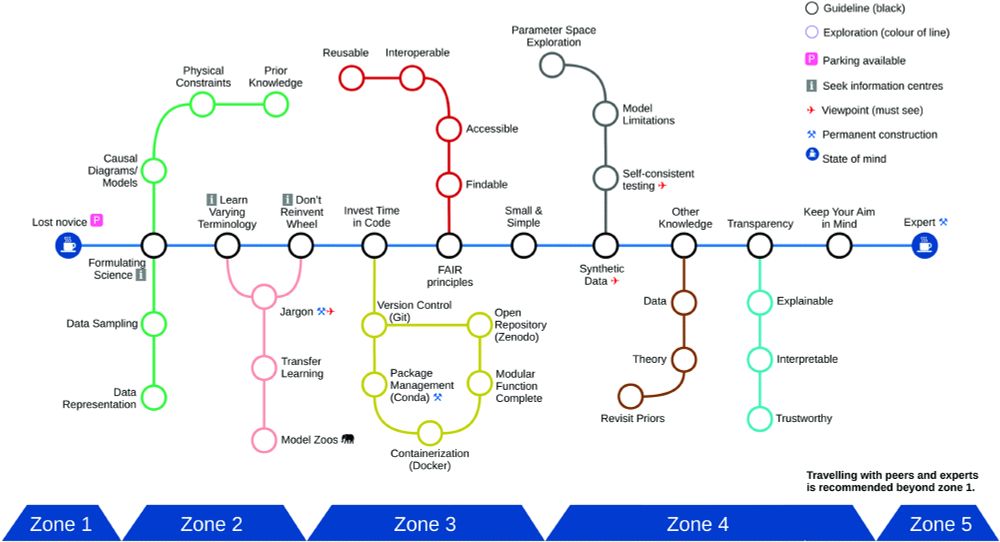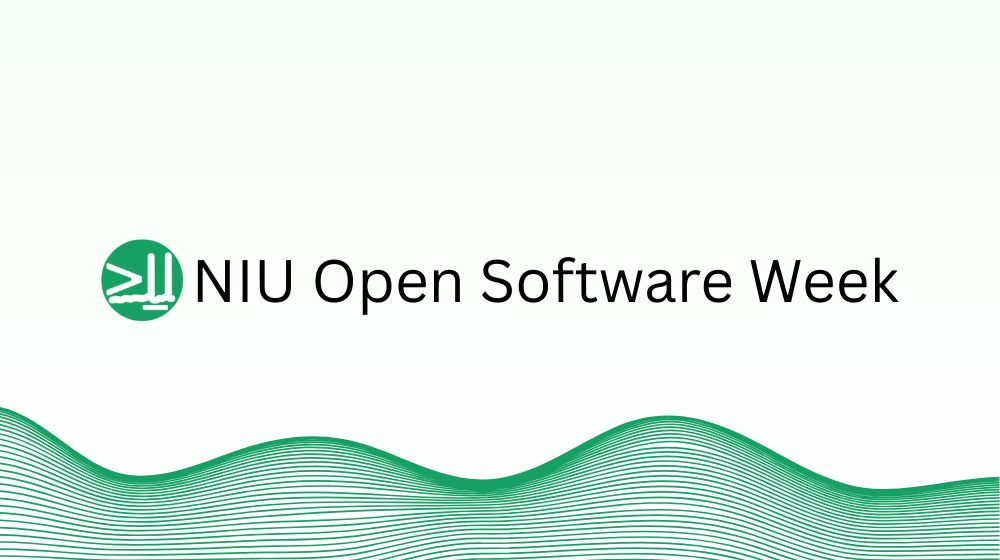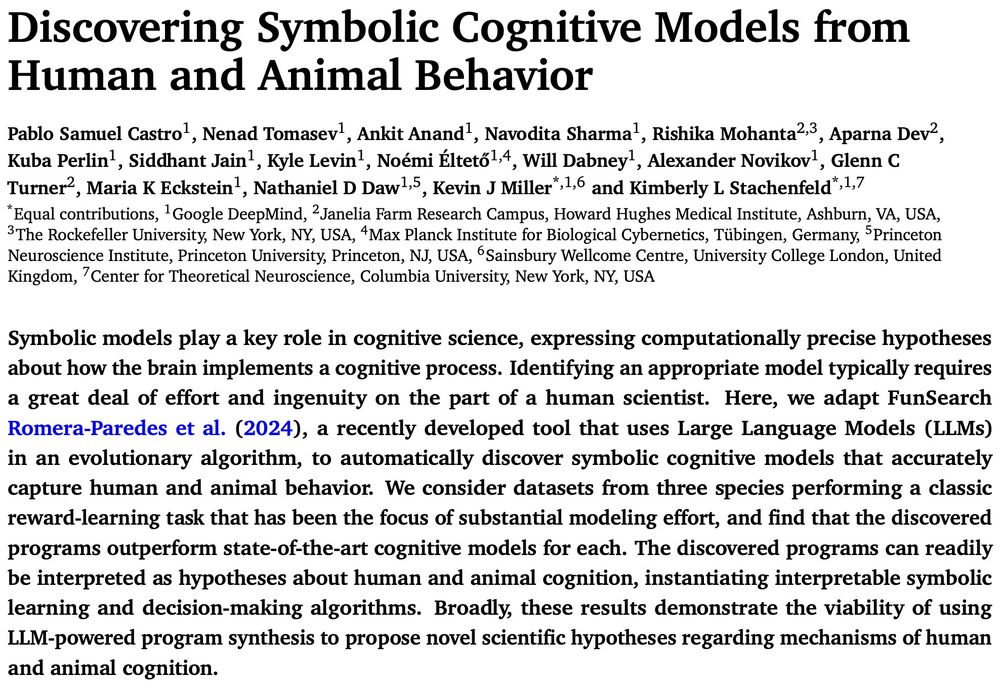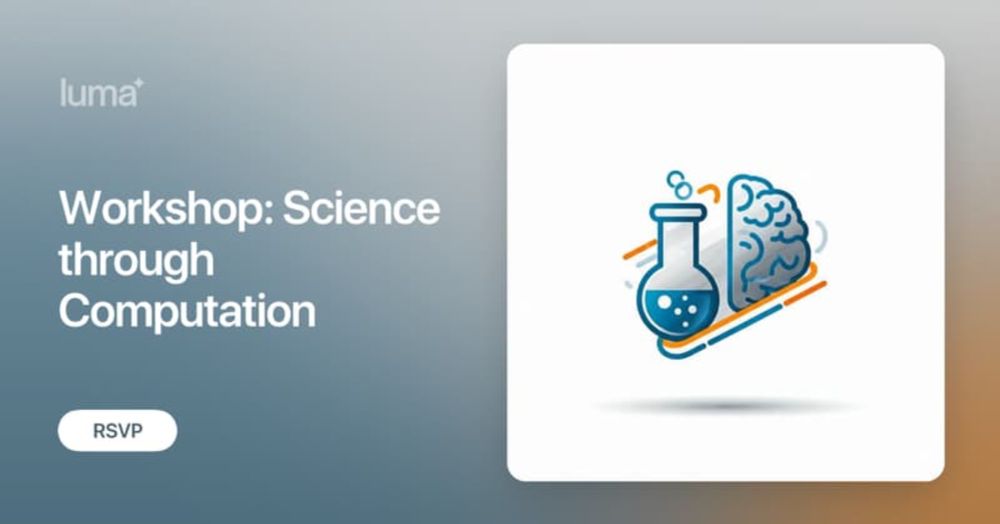Rory Byrne
@rory.bio
520 followers
1.4K following
73 posts
Neuroscience PhD student, Cambridge UK. Confused but excited.
"Everything around me was somebody's lifework"
👋 https://rory.bio
🔨 https://flywhl.dev
🔧 https://compmotifs.com/
Posts
Media
Videos
Starter Packs
Rory Byrne
@rory.bio
· Sep 1

The Counter-Reformation of science: how to make magnificence democratic
British research has perfected discipline and outsourced magnificence. The fix is to practise demonstration statecraft – visible proofs of capacity that pair theatre with delivery.
betterscienceproject.substack.com
Reposted by Rory Byrne
Rory Byrne
@rory.bio
· Jul 25
Rory Byrne
@rory.bio
· Jul 24
Reposted by Rory Byrne
Dan Goodman
@neural-reckoning.org
· Jul 24
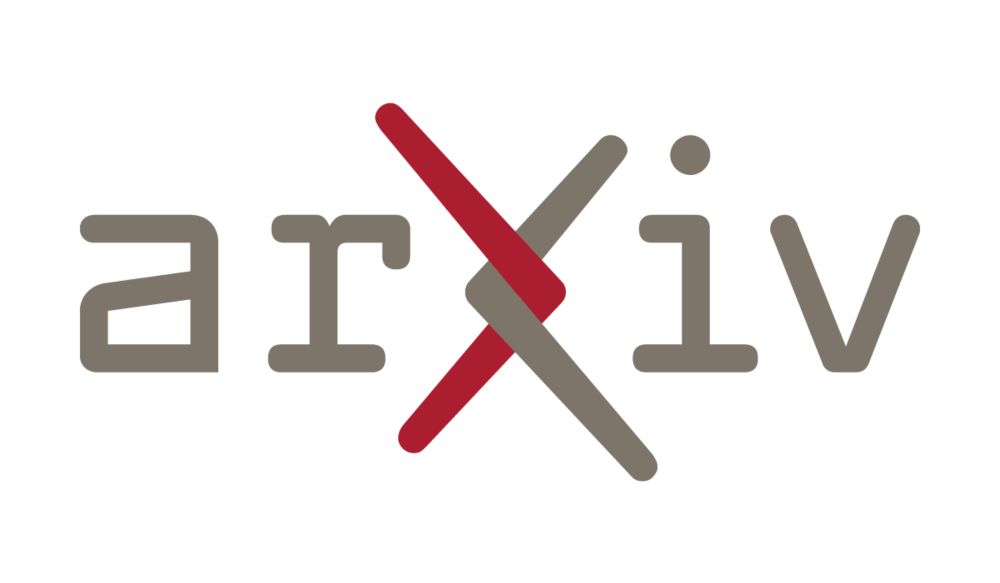
Beyond Rate Coding: Surrogate Gradients Enable Spike Timing Learning in Spiking Neural Networks
We investigate the extent to which Spiking Neural Networks (SNNs) trained with Surrogate Gradient Descent (Surrogate GD), with and without delay learning, can learn from precise spike timing beyond fi...
arxiv.org
Rory Byrne
@rory.bio
· May 4
Reposted by Rory Byrne
Reposted by Rory Byrne
Dan Goodman
@neural-reckoning.org
· Apr 24

Learning spatial hearing via innate mechanisms
The acoustic cues used by humans and other animals to localise sounds are subtle, and change during and after development. This means that we need to constantly relearn or recalibrate the auditory spa...
arxiv.org
Rory Byrne
@rory.bio
· Mar 15
Reposted by Rory Byrne
Marcus Ghosh
@marcusghosh.bsky.social
· Mar 13
Reposted by Rory Byrne
Rory Byrne
@rory.bio
· Feb 16
Rory Byrne
@rory.bio
· Feb 16




